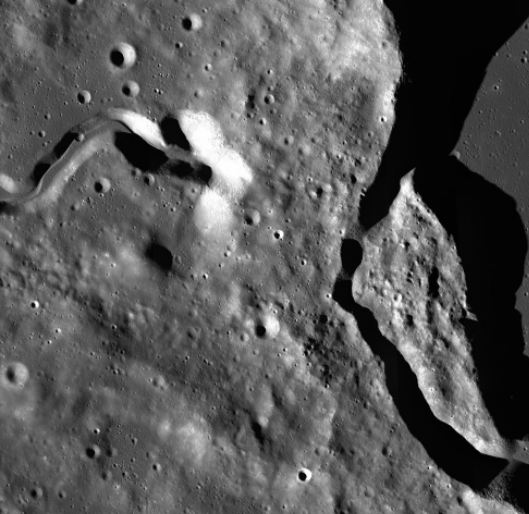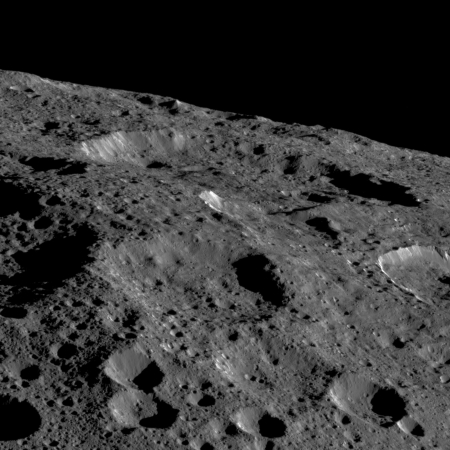Another process arrest for Mueller
They’re coming for you next: The office of special counsel Robert Mueller has indicted and arrested Roger Stone, another Trump associate, accusing him of perjury and witness tampering.
Stone is not accused of doing anything in any way related to Russia or collusion. Instead, he is accused of lying to Congress about contacts he made, through a third party, to Julian Assange, the head of WikiLeaks. He is also accused of trying to get that third party to lie as well.
Perjury and witness tampering are certainly crimes, but they are merely more process crimes, the only kinds of crimes Mueller so far has found. Stone’s actions in trying to contact Assange were not illegal. His crime only exists because of the witch hunt that is being run by Mueller, designed to persecute anyone connected with Trump. It also has nothing to do with so-called Russian collusion by Trump and his campaign, the ludicrous accusation that was used to create Mueller’s investigation and is supposedly its focus. He has nothing, and so he has to create something.
I should also note that it appears Stone was arrested by FBI agents pounding on Stone’s door, with CNN camera’s conveniently there to record it. I wonder how much of this is theater created for the cameras. Had Mueller’s office told Stone he was about to be arrested, I would think he would have surrendered himself peaceably.
Or maybe not. Maybe it was Stone who decided to force the FBI to come to his house and cart him away. In today’s America the issues of right and wrong, crime and innocence, and justice no longer matter much. All that matters is politics, and how you can use power and the media to do the most harm to your political enemies.
They’re coming for you next: The office of special counsel Robert Mueller has indicted and arrested Roger Stone, another Trump associate, accusing him of perjury and witness tampering.
Stone is not accused of doing anything in any way related to Russia or collusion. Instead, he is accused of lying to Congress about contacts he made, through a third party, to Julian Assange, the head of WikiLeaks. He is also accused of trying to get that third party to lie as well.
Perjury and witness tampering are certainly crimes, but they are merely more process crimes, the only kinds of crimes Mueller so far has found. Stone’s actions in trying to contact Assange were not illegal. His crime only exists because of the witch hunt that is being run by Mueller, designed to persecute anyone connected with Trump. It also has nothing to do with so-called Russian collusion by Trump and his campaign, the ludicrous accusation that was used to create Mueller’s investigation and is supposedly its focus. He has nothing, and so he has to create something.
I should also note that it appears Stone was arrested by FBI agents pounding on Stone’s door, with CNN camera’s conveniently there to record it. I wonder how much of this is theater created for the cameras. Had Mueller’s office told Stone he was about to be arrested, I would think he would have surrendered himself peaceably.
Or maybe not. Maybe it was Stone who decided to force the FBI to come to his house and cart him away. In today’s America the issues of right and wrong, crime and innocence, and justice no longer matter much. All that matters is politics, and how you can use power and the media to do the most harm to your political enemies.










